When it comes to tires, finding the perfect balance between quality, performance, and durability is paramount.
In this article, I’ll be delving into the world of Nokian vs Pirelli, two renowned tire brands that have captured the attention of car enthusiasts worldwide.
From their intriguing histories to their dry, wet, and snow performances, mileage warranties, average lifespan, and pricing, we’ll explore every aspect to determine which brand reigns supreme.
So buckle up and let’s embark on this exhilarating comparison journey.
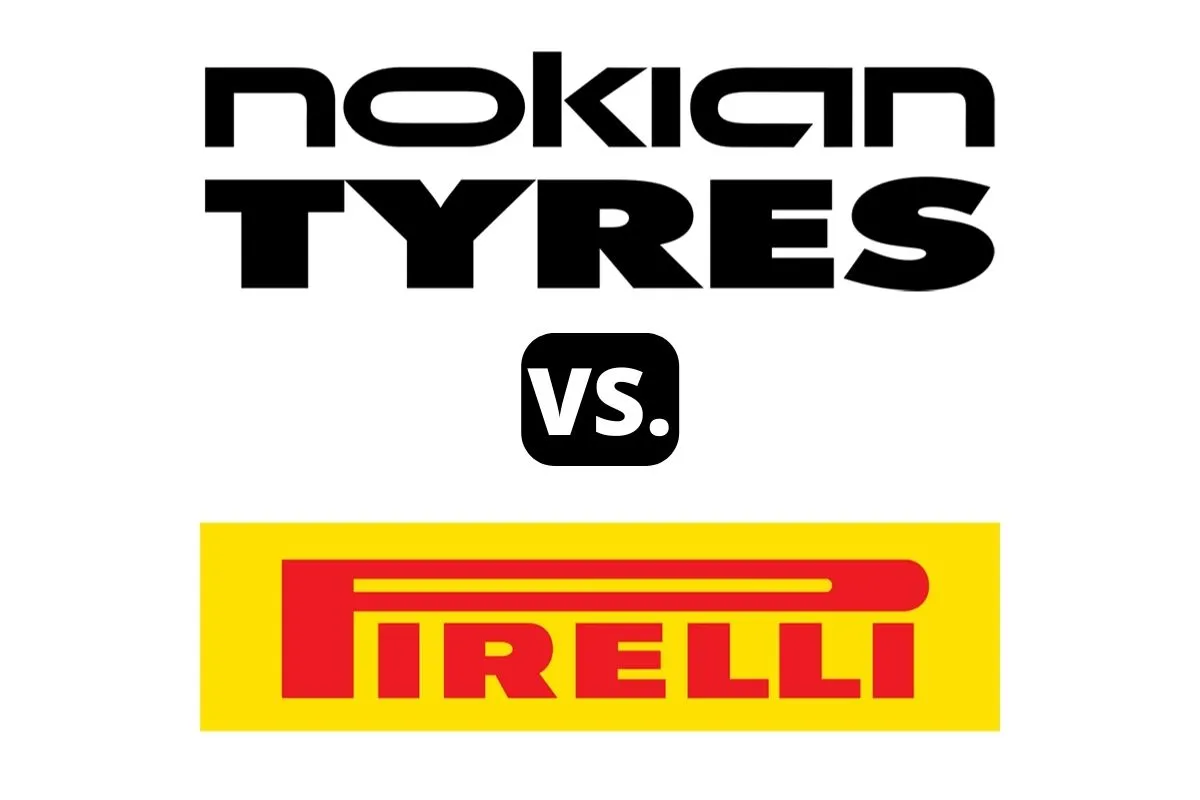
Nokian vs Pirelli – Comparison Table
| Nokian | Pirelli | |
| Country of Origin | Finland | Italy |
| Year Founded | 1988 | 1872 |
| Made In | Finland and Russia | Rome, GA, Hanford, CA, Madison, TN, or internationally in Brazil, Mexico, Romania, or Venezuela |
| Parent | Nokian Tyres plc (Finland) | Pirelli & C. S.p.A. (Italy) |
About the Brands
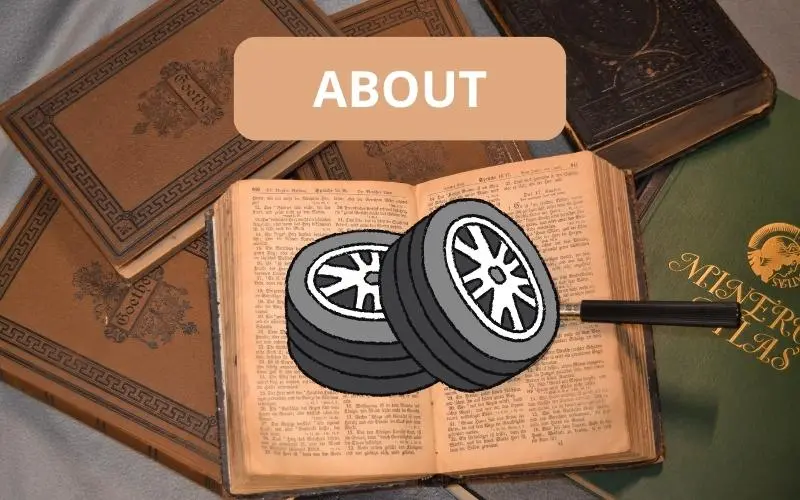
1. Nokian
Nokian Tyres, a renowned tire brand, was founded in Finland in 1988 and is currently a subsidiary of Nokian Tyres plc.
With a rich history spanning over three decades, Nokian has established itself as a leading global tire manufacturer.
The brand’s commitment to innovation and high-quality products has earned it a strong reputation in the industry.
Nokian is particularly known for its expertise in winter tires, thanks to its Finnish roots and the country’s demanding weather conditions.
The brand’s tires are designed to provide exceptional grip, safety, and durability in harsh winter conditions, making them popular worldwide.
Nokian’s continuous research and development efforts have resulted in numerous breakthroughs, including the introduction of unique technologies and eco-friendly materials in their tire manufacturing processes.
Today, Nokian Tyres continues to deliver cutting-edge tire solutions, catering to diverse customer needs across different regions.
Mostly Known for Manufacturing Tires For:
- Passenger cars
- SUVs (Sport Utility Vehicles)
- Vans
- Light trucks
- Heavy machinery
2. Pirelli
Pirelli, an iconic tire brand, was founded in Italy in 1872.
Originally named “G.B. Pirelli & C.”, the company started as a small rubber goods factory in Milan.
With a vision for innovation, Pirelli quickly expanded its operations and began producing bicycle tires.
In 1901, Pirelli introduced its first automobile tire, marking a significant milestone in its history.
Over the years, Pirelli continued to grow and diversify its product range, becoming a renowned global leader in the tire industry.
The brand’s commitment to cutting-edge technology and high-performance tires earned it a reputation for excellence.
Pirelli tires were even chosen as the official tires for the Formula One World Championship, showcasing their unparalleled performance on the racetrack.
Today, Pirelli is a subsidiary of Pirelli & C. S.p.A., headquartered in Italy.
The company remains dedicated to pushing the boundaries of tire technology, constantly innovating to meet the evolving needs of drivers worldwide.
With a rich heritage spanning over 150 years, Pirelli continues to be synonymous with quality, performance, and Italian craftsmanship.
Mostly Known for Manufacturing Tires For:
- Passenger cars
- SUVs (Sport Utility Vehicles)
- Light trucks
Differences
1. Dry Performance
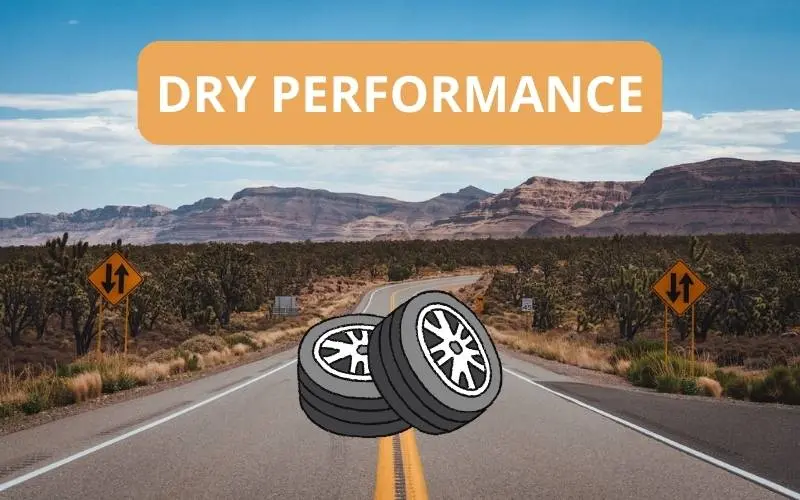
I’m going to compare the performance of two summer tires as they are the ideal type in dry weather.
I’m taking a look at the Nokian zLine vs the Pirelli P Zero.
Based on my research and personal assessment, as the one giving the dry performance rating, I would rate the Nokian zLine at 4.2 and the Pirelli P Zero at 4.3 on a scale of 1 to 5.
Both tires exhibit precise handling, good dry traction, and sporty performance characteristics, making them well-equipped for confident and responsive driving on dry roads.
While they may have slight variations, they offer similar levels of dry performance.
Therefore, I would declare this comparison a tie, as both the Nokian zLine and Pirelli P Zero deliver exhilarating and sporty experiences in dry conditions.
2. Wet Performance
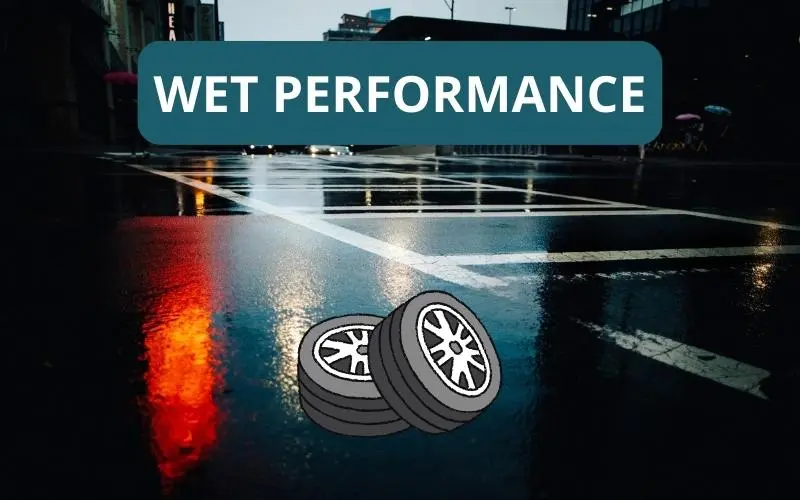
For the wet performance, I’ll be comparing the Nokian WR G4 vs the Pirelli P Zero All Season Plus.
In my opinion, as someone who evaluates wet performance on a scale of 1 to 5, the Nokian WR G4 tire stands out with a rating of 4.6.
It exhibits excellent wet grip and cornering, offering stability and control even on wet surfaces.
Its all-weather design and asymmetric tread design contribute to its impressive wet performance.
On the other hand, the Pirelli P Zero All Season Plus tire scores a 4.5, providing solid all-season traction and reliable wet performance.
While both tires perform well in wet conditions, the Nokian WR G4 emerges as the winner with a slightly higher rating.
3. Snow Performance
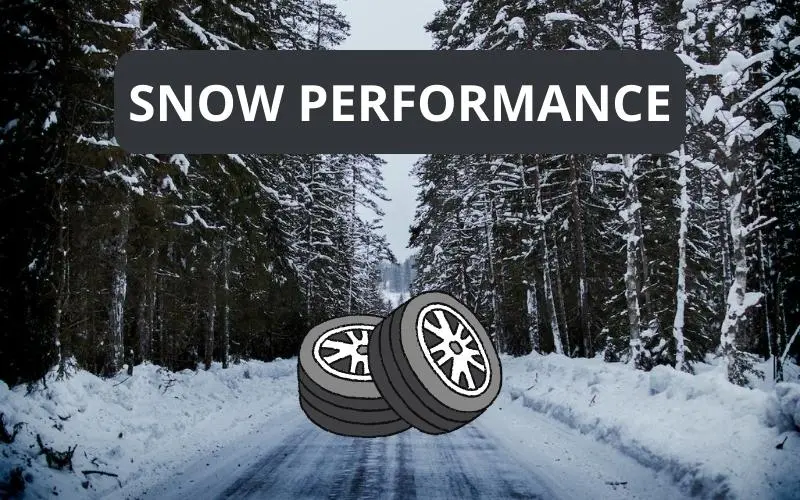
We all know that you need dedicated winter tires if you’re going to be driving on harsh winter conditions.
That’s why I’ll be comparing the snow performance of two specialized winter tires – Nokian Hakkapeliitta R5 vs Pirelli Winter Sottozero 3.
As the one giving the snow performance rating from 1 to 5, I would rate the Nokian Hakkapeliitta R5 tire at 4.8 and the Pirelli Winter Sottozero 3 tire at 4.6.
Both tires offer reliable and excellent snow performance, showcasing impressive grip and traction on snowy roads.
The Nokian Hakkapeliitta R5’s Double Block Grip design and eco-friendly approach contribute positively to its rating, while the Pirelli Winter Sottozero 3 stands out as a top-performing premium winter tire.
With such similar ratings, it’s a tie between the two tires for snow performance.
4. Mileage Warranty and Tread Life
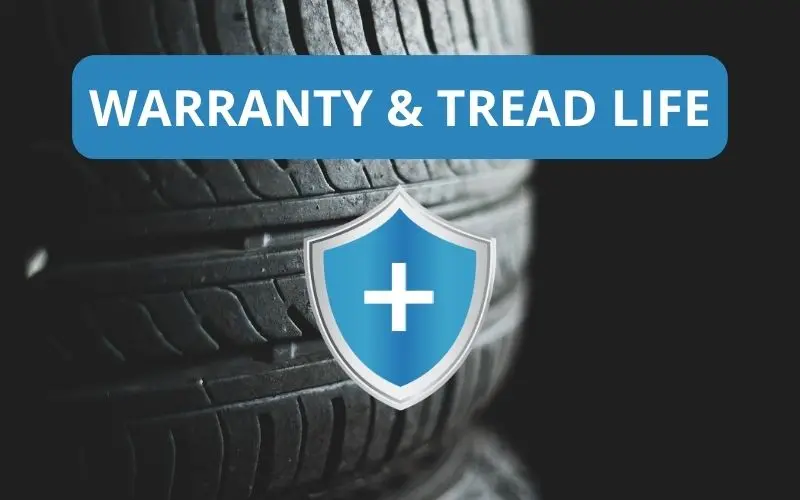
| Nokian | Pirelli | |
| Treadwear Warranty | up to 80,000 miles tread life warranty | up to 65,000 miles tread life warranty |
| Average Tread Life | The lifespan of Nokian tires can vary but on average they can last anywhere between 40,000 to 85,000 miles. | Pirelli offers a range of tire models, with most lasting between 45,000 to 65,000 miles. |
Based on my research, Nokian tires have a higher mileage warranty compared to Pirelli tires.
Nokian offers up to 80,000 miles of tread life warranty, while Pirelli provides up to 65,000 miles.
Furthermore, the average lifespan of Nokian tires falls between 40,000 to 85,000 miles, whereas Pirelli tires typically last from 45,000 to 65,000 miles.
Overall, Nokian tires tend to offer a slightly longer tread life warranty and a broader range of average lifespan compared to Pirelli tires.
5. Prices
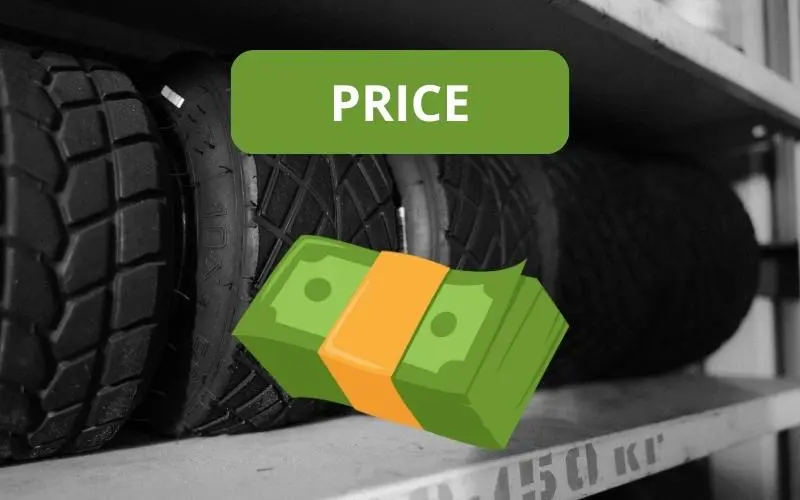
In this section, I’ll be taking a look at the price ranges of both tire brands – Nokian vs Pirelli.
I’ll be using one of the biggest tire and wheel retailers in the US for this comparison – Discount Tire.
Here is a comprehensive table that showcases each brand has to offer:
| Nokian | Pirelli | |
| Average Price Range (Discount Tire) | $73 to $585 /ea | $85 to $1,665 /ea |
| Cheapest Tire (Discount Tire) | Nordman 7 goes from $73 – $177 /ea | Cinturato Winter goes from $85 – $145 /ea |
| Most Expensive Tire (Discount Tire) | Hakkapeliitta 10SUV goes from $173 – $696 /ea | P Zero Corsa PZC4 goes from $339 – $1,665 /ea |
6. Pros and Cons
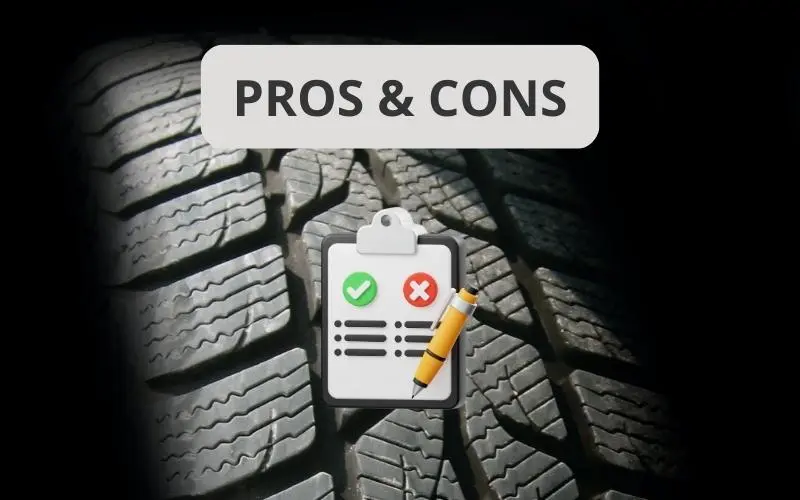
Nokian
| Pros | Cons |
| ✔ Your go-to brand for winter tires and only tire manufacturer in the world with its own permanent winter tire testing facility | ❌ Limited market presence |
| ✔ Wide range of tire options for different types of vehicles, including cars, trucks, buses, and heavy-duty equipment | |
| ✔ Innovative technology, such as the Hakkapeliitta R3’s “Aramid Sidewall Technology,” which uses the same material used in bulletproof vests |
Pirelli
| Pros | Cons |
| ✔ Pirelli is the exclusive tire supplier for Formula 1 | ❌ Some of their tires can get crazy expensive |
| ✔ Pirelli have an overall decent lifespan of their tires | |
| ✔ Innovative technology, such as the EverGrip technology |
7. Popular Tires

Here are some notable tires from Nokian:
- Hakkapeliitta R3
- WR G4
- Rotiiva AT Plus
Some of Pirelli’s best tires are shown below:
- P Zero
- Cinturato P7 All Season Plus
- Scorpion Verde All Season Plus
Which Is the Better Brand Overall?
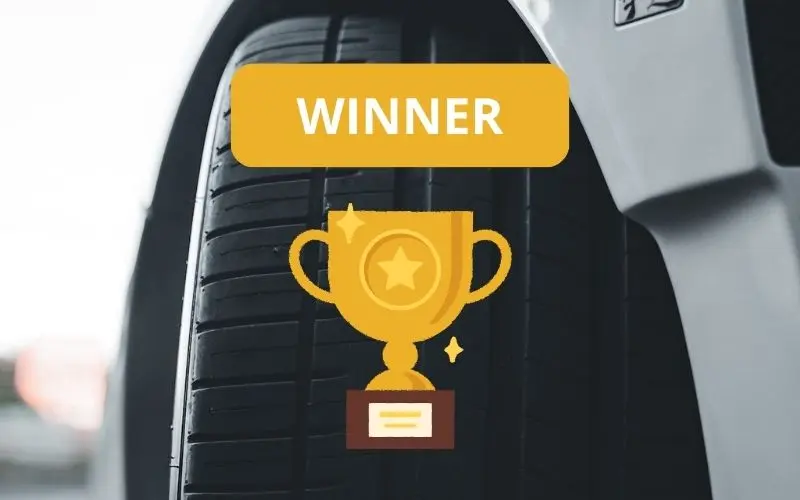
Based on the comparison of dry performance, wet performance, snow performance, mileage warranty, average lifespan, and pros and cons, I declare Nokian as the better overall pick.
Nokian tires offer similar dry performance to Pirelli but excel in wet and snow conditions.
They also provide a higher mileage warranty and a broader range of average lifespan.
Additionally, Nokian’s focus on winter tires and innovative technologies like Aramid Sidewall give them an edge.
While Pirelli has its strengths, Nokian emerges as the winner in this comparison.
